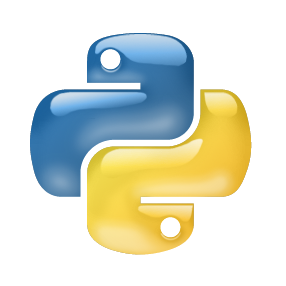In the realm of scientific computing, both Julia and Python have established themselves as powerful tools. Within the context of High Energy Physics (HEP) data analysis, Python has been traditionally favored, yet there exists a compelling case for migrating legacy software to Julia. This article focuses on language interoperability, specifically exploring how Awkward Array data structures can bridge the gap between Julia and Python. The talk offers insights into key considerations such as memory management, data buffer copies, and dependency handling. It delves into the performance enhancements achieved by invoking Julia from Python and vice versa, particularly for intensive array-oriented calculations involving large-scale, though not excessively dimensional, arrays of HEP data. The advantages and challenges inherent in achieving interoperability between Julia and Python in the domain of scientific computing are discussed.
翻译:暂无翻译



